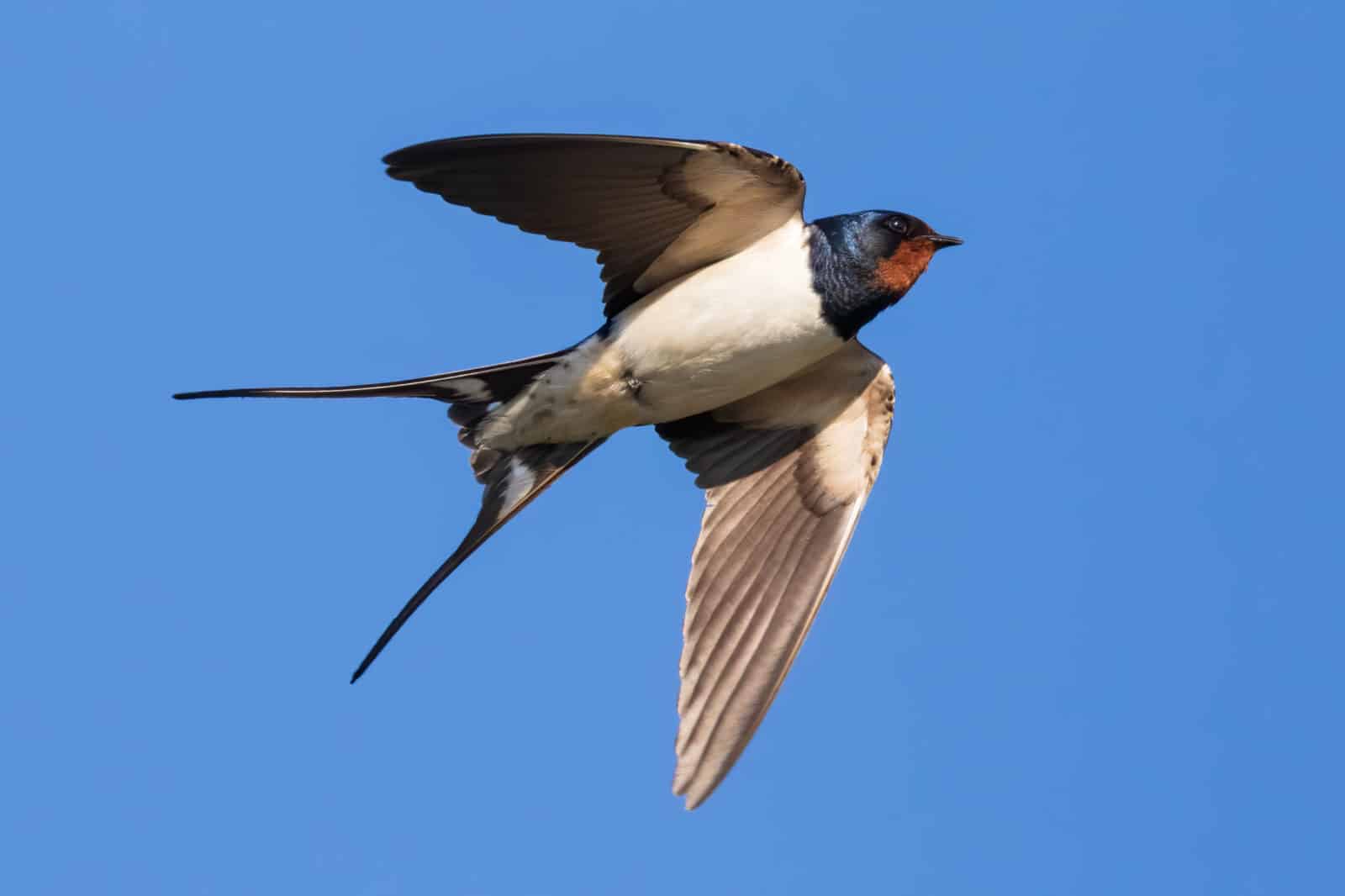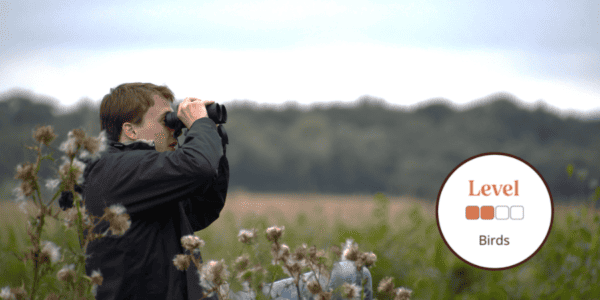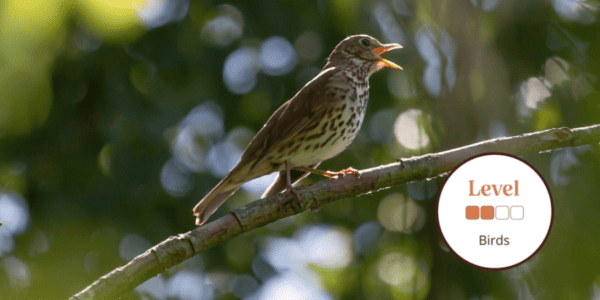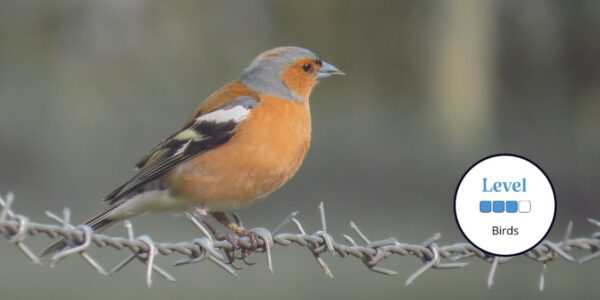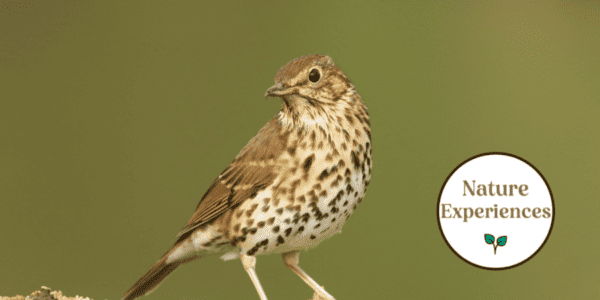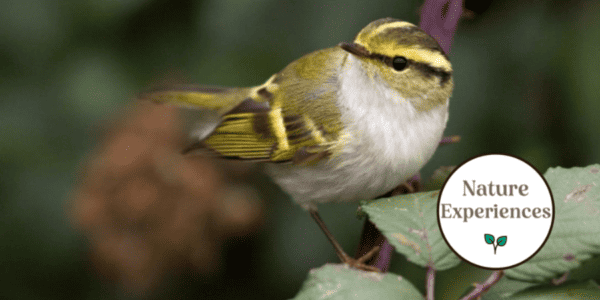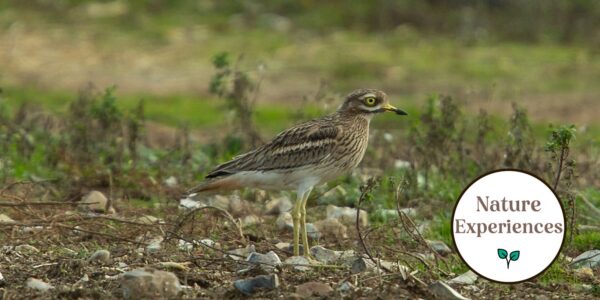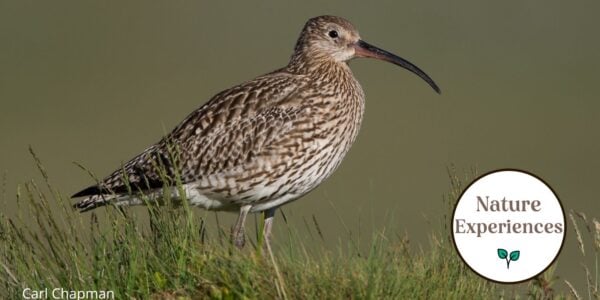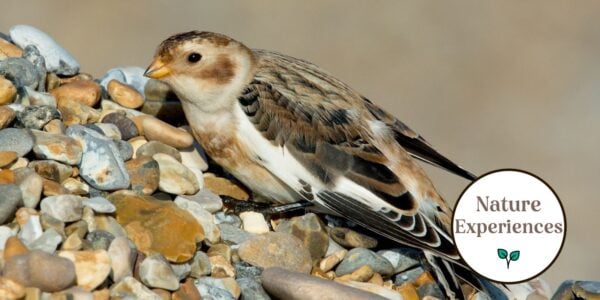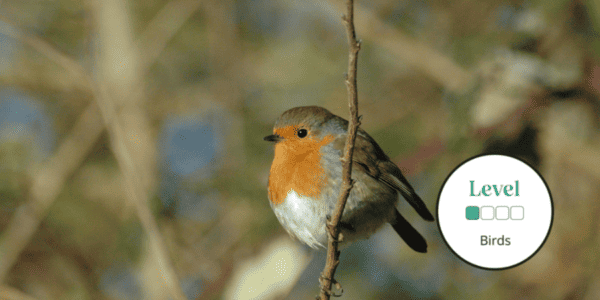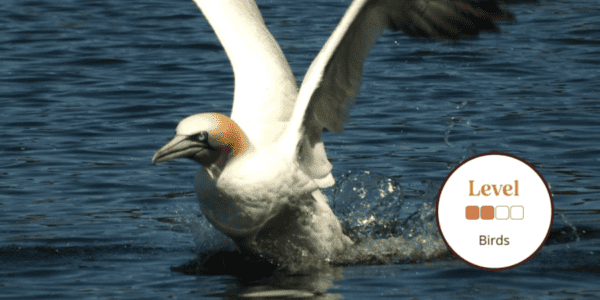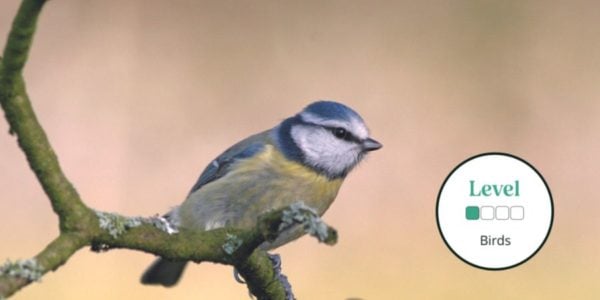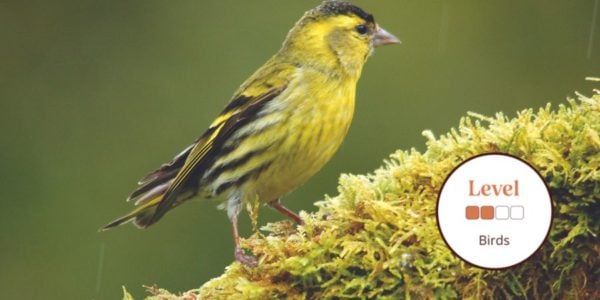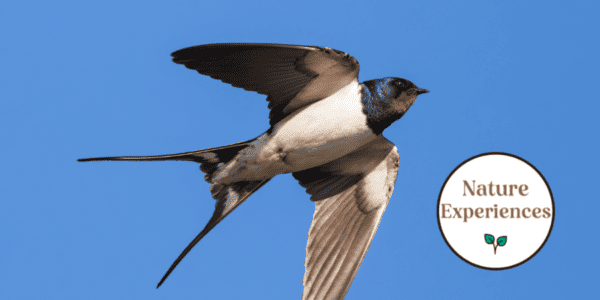
Discover more about birds and improve your skills on our beginner to advanced courses.
We run regular bird courses throughout the year delivered online and UK wide by expert tutor and follow a framework to progress your learning at a level to suit youCurrently there are 620 species on the Great Britain list (British Ornithologists Union, 2019).
So if you want to identify a bird, where do you start?
Birds are a class of vertebrates (class Aves), found throughout the world. Shared features include feathers, a toothless beaked jaw, a four-chambered heart and a strong, light skeleton. They lay hard-shelled eggs. All living birds possess wings, and most are capable of flight. Some birds, particularly aquatic and marine specialists, are also capable of swimming.
Bird Identification
Useful visual characters include size, shape and colour, particularly the colour of the feathers, beak and legs. Habitat and behaviour provide extra clues. Why not set yourself the challenge of learning to distinguish the major groups of small birds, like warblers, sparrows, finches, larks and thrushes? Birds from each of these groups are regular visitors to gardens. It’s so much easier to identify a bird to species once you have narrowed down the options. Later on you may even be able to tell males from females and juveniles from adults.
Of course part of the fascination of bird identification is that there is an extra dimension: sound. Depending on the time of year, you may hear territorial and contact calls, alarms and songs to attract a mate. Once you have tuned into the rich language of birds, you will become aware of what is happening in the wider landscape, and can start to predict the arrival of ground predators, map territorial squabbles among robins or locate that elusive tawny owl.
One drawback with studying birds is that they are often at their most active around dawn. But what if you are not? Luckily many birds leave distinctive signs, like tracks, feeding evidence, egg fragments and droppings. Good fieldcraft can reveal bird signs in the unlikeliest of places. From footprints and feathers to probe holes and peck marks, bird activity can be spotted in gardens, woodland, sandy beaches and muddy tracks.
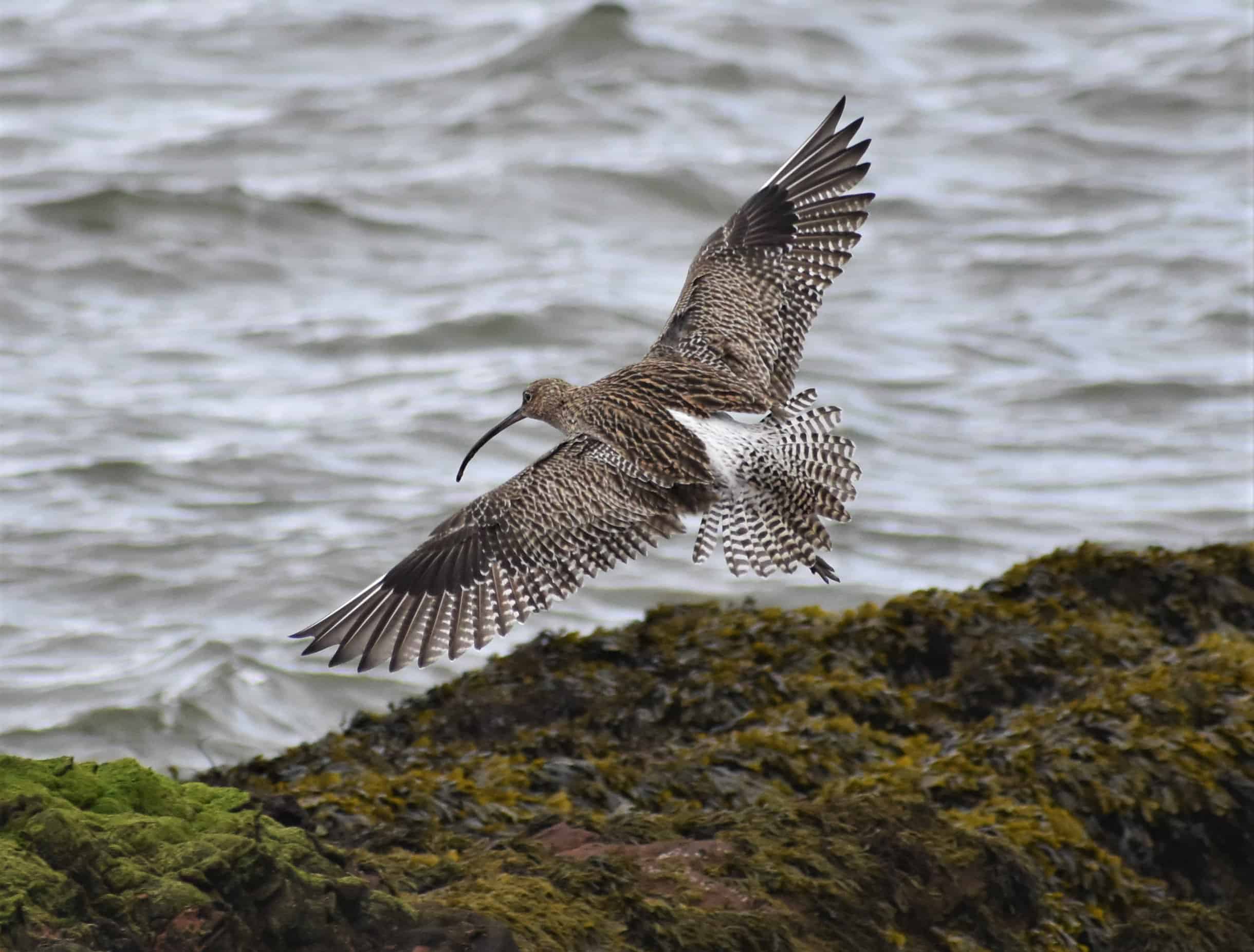
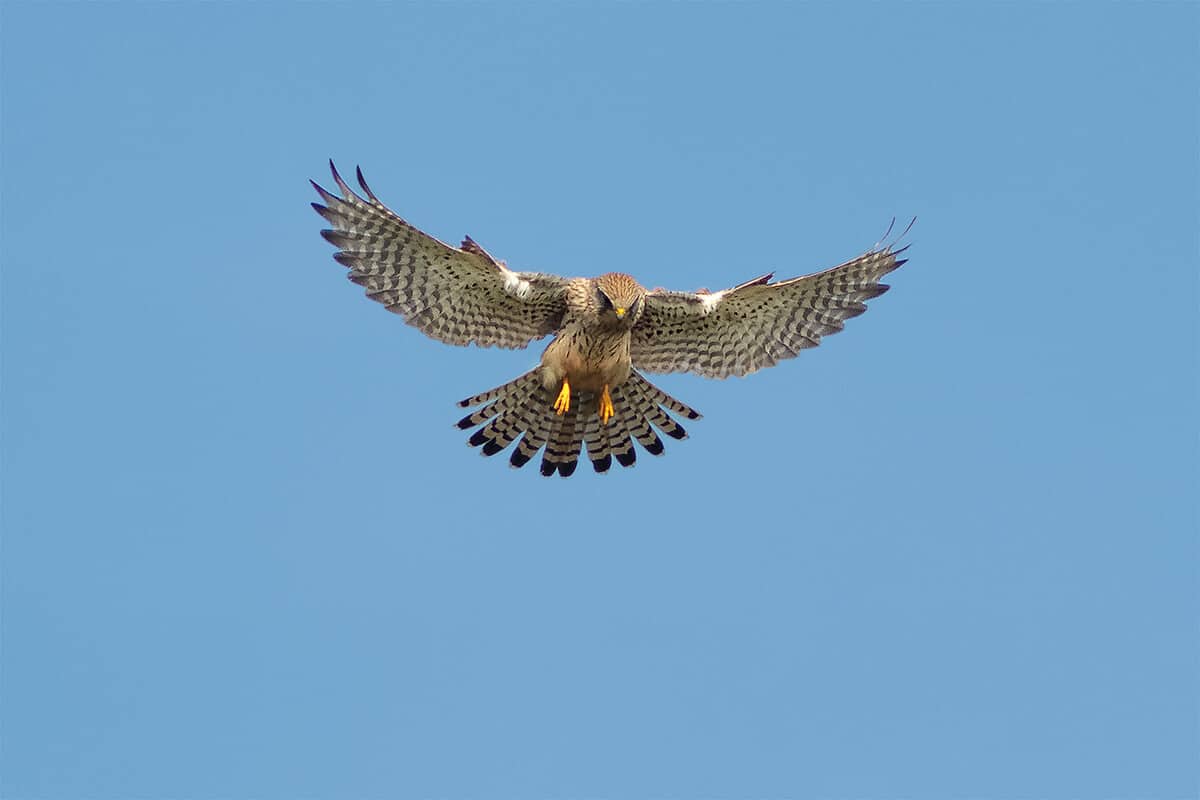
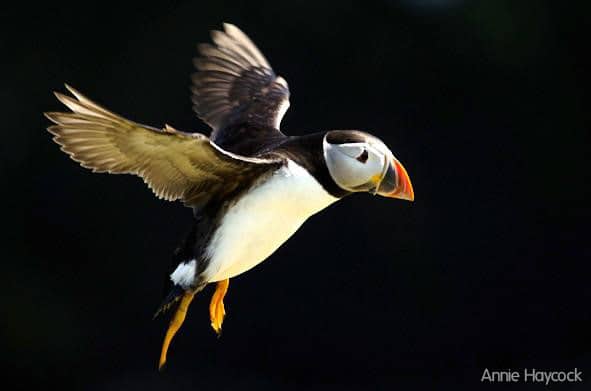
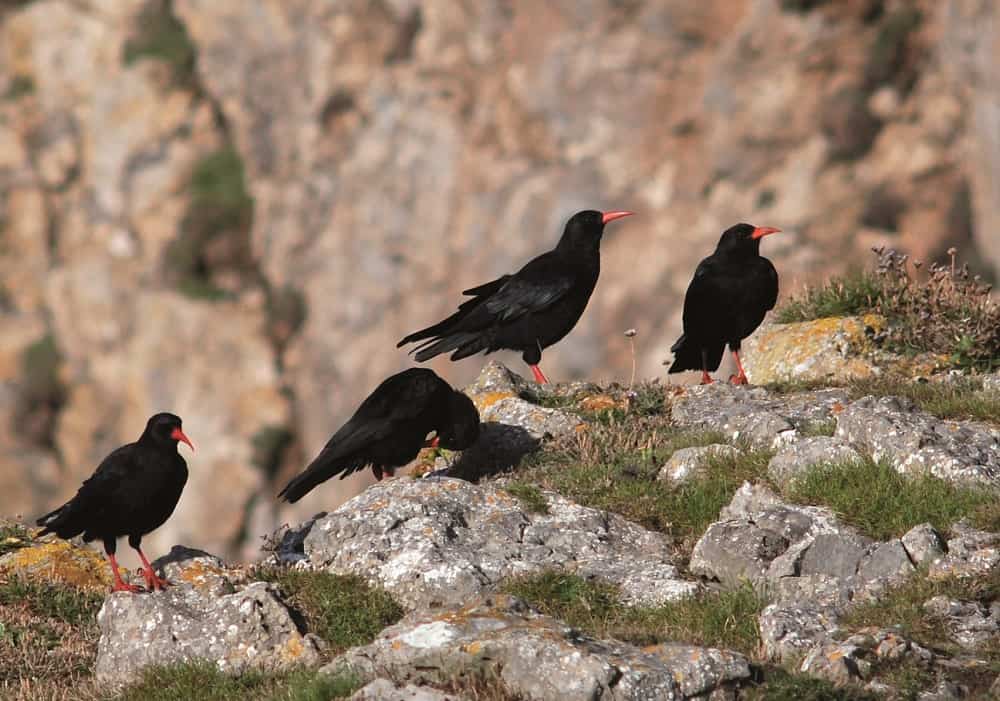
Bird Courses
Our bird identification courses range from day courses for anyone new to birdwatching to more in-depth weekend courses, covering topics like birdsong, bird survey techniques, and the specialist birds of the coast, wetlands and mountains.
Bird Training Courses are led by expert tutors who are passionate about the subject. Taking place at venues across the UK, or online, our courses are designed to progress your learning at a level to suit your needs. If you are interested in our amphibian online training, you can read about our Moodle learning environment.
Each course is part of a learning framework. You can see the course level descriptions here. Natural history courses are available at all levels from beginner through to professional training.
Even in an urban environment the variety of species and their distinctive behaviours can be observed and better understood under the guidance of an engaging, experienced expert in the field. Our talented tutors will combine the use of classroom-led learning and outside learning opportunities to give individuals the skills and confidence to learn more about the lives and ecology of birds.
Introductory courses cover aspects of bird biology, ecology allowing time and space to develop your skills in investigating and representing this fascinating subject artistically/
Commonly Covered Topics Include:
- Bird Biology
- Bird Ecology
- Common urban and Garden birds encountered
- Common types of bird song
Bird Identification Resources
Bird Identification Resources:FSC Garden Bird chart features the commonest 50 birds found in gardens from blackbird to bullfinch, from starling to song thrush
FSC Ducks, geese and swans chart features all 32 of the wild waterfowl that you are likely to see from mallard to mute swan, from shoveler to smew
FSC Winter coastal birds chart features 44 of the birds you can see around the coastline of Britain and Ireland in the winter
FSC Summer coastal birds chart features 28 of the birds you can see around the coastline of Britain and Ireland in the summer months from cormorants to kittiwakes, and guillemots to gulls.
FSC Bird tracks and signs chart shows some of the common or distinctive bird tracks and signs you can find in gardens, woodland, sandy beaches and muddy places.
FSC Owls and owl pellets chart is both a field guide to adult owls and shows you how to investigate owl pellets. Beautiful colour paintings of the 5 owls living in the wild in Britain and Ireland are shown, both perched and in flight.

